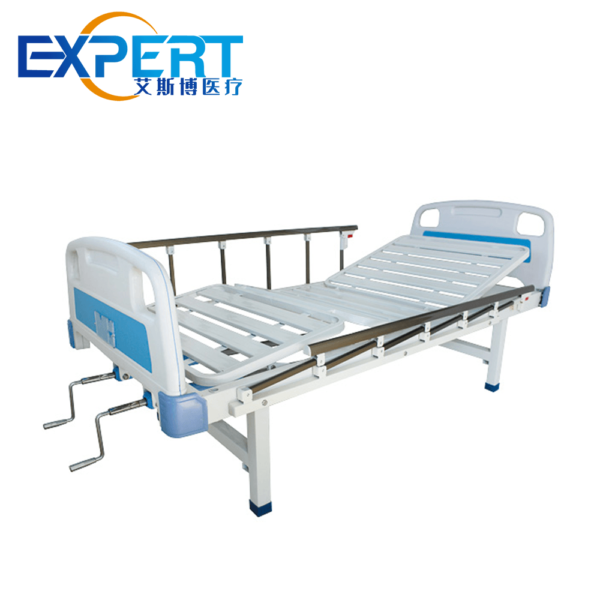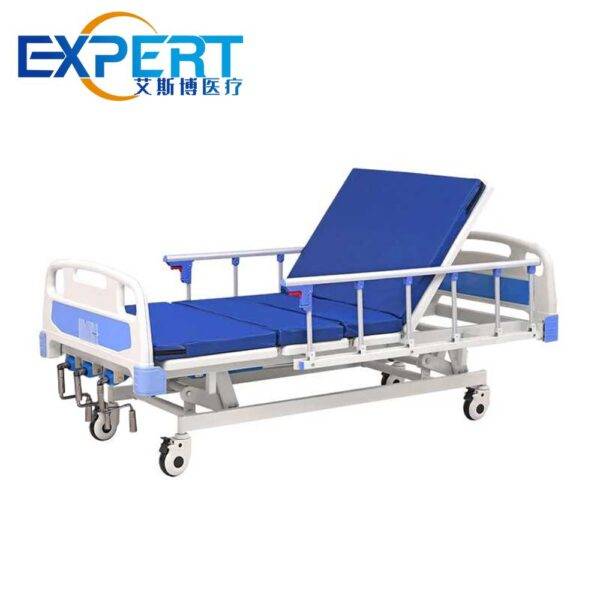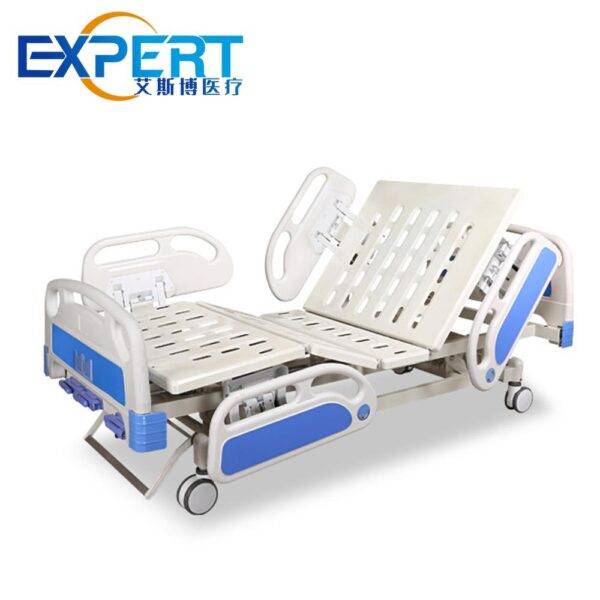Dirección
304 North Cardinal St.
Dorchester Center, MA 02124
Horas laborales
Lunes a viernes: 7:00 a. M. - 7:00 p. M.
Fin de semana: 10 a. M. - 5 p. M.
Dirección
304 North Cardinal St.
Dorchester Center, MA 02124
Horas laborales
Lunes a viernes: 7:00 a. M. - 7:00 p. M.
Fin de semana: 10 a. M. - 5 p. M.

Antes de profundizar en el contenido, me encantaría que te unas a mí en mis plataformas de redes sociales, donde comparto más información, interactúo con la comunidad y publico actualizaciones. Puedes conectarte conmigo de la siguiente manera:
Facebook:https://www.facebook.com/profile.php?id=100071234835011
LinkedIn:https://www.linkedin.com/company/74943205/admin/dashboard/
YouTube:www.youtube.com/@shandongexpertmedicalequip4695
TikTok:www.tiktok.com/@expertmedical
Ahora, comencemos nuestro viaje juntos. Espero que el contenido que se incluye aquí te resulte interesante, interesante y valioso.

Hospital sick beds are essential pieces of medical equipment that provide comfort, support, and care to patients during their stay. These beds are designed to accommodate a wide range of medical conditions and patient needs. In this comprehensive guide, we will delve into the world of hospital sick beds, exploring their features, types, and the factors to consider when selecting the right bed for a patient.
The Importance of Hospital Sick Beds
Hospital sick beds play a crucial role in the recovery and well-being of patients. They provide a comfortable and supportive environment, allowing patients to rest and heal effectively. These beds are designed to accommodate various medical needs, such as immobilization, respiratory support, and pressure ulcer prevention. By investing in high-quality hospital sick beds, healthcare facilities can improve patient outcomes and enhance the overall quality of care.
What is a Hospital Sick Bed?
A hospital sick bed is a specially designed bed that offers various adjustable features to meet the specific requirements of hospitalized patients. These beds are equipped with mechanisms that allow for height adjustment, head and foot elevation, as well as side rails for safety.
Key Features of Hospital Sick Beds
Hospital sick beds are equipped with a variety of features that make them essential tools for patient care. Some of the key features include:









When selecting a hospital sick bed, it is important to consider several factors to ensure that it meets the specific needs of the patient and the healthcare facility. These factors include:

| Característica | General-use beds | Bariatric beds | ICU beds | Specialty beds |
|---|---|---|---|---|
| Weight capacity | Estándar | Alto | Estándar | Varía |
| Ajustabilidad | Básico | Advanced | Advanced | Highly specialized |
| Safety features | Estándar | Enhanced | Advanced | Especializado |
| Monitoring capabilities | Limitado | Limitado | Advanced | Varía |
| Mattresses | Estándar | Especializado | Especializado | Especializado |
Hospital sick beds play a vital role in providing optimal care for hospitalized patients. By understanding the different types of beds and the factors to consider when selecting one, healthcare professionals can ensure that their patients receive the comfort, support, and care they need.
How often should camas de hospital limpiarse?
Hospital beds should be cleaned daily, including the mattress, frame, and all surfaces.
What are the safety precautions to take when using a hospital bed?
Always use the side rails when in bed, ensure the bed is properly locked, and be aware of any alarms or safety features.
Are hospital beds covered by insurance?
Whether hospital beds are covered by insurance depends on the specific insurance plan and the patient’s medical condition. It’s best to check with your insurance provider for details.
Can I rent a Cama de hospital for home use?
Yes, it’s possible to rent a hospital bed for home use. Many medical equipment rental companies offer this service, but it’s important to consult with your doctor to determine if it’s appropriate and covered by insurance.